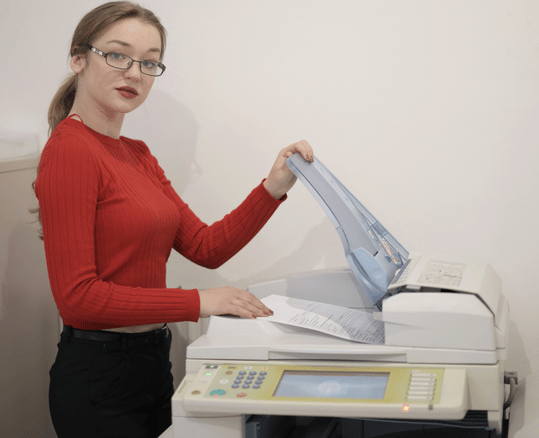Add or Install a Printer to Your Computer
Setting up a printer doesn't have to be complicated. Whether you're using a desktop or laptop, connecting your printer properly ensures you can start printing documents, photos, and more without unnecessary errors. This guide walks you through how to add or install a printer, whether it's wired, wireless, or network-connected.

Before You Begin
Before you add a printer to your computer, make sure it’s fully set up and turned on. If it’s a wireless printer, connect it to your Wi-Fi network first using the control panel or instructions provided with the printer.
Also, ensure your computer is connected to the same network (for wireless or network printers) and that you have any required installation materials ready—like a USB cable or driver file if necessary.
How to Add a Wired Printer (Using USB Cable)
A wired printer is the simplest to install. Here’s how to connect it to your computer via USB:
- 1. Plug in the USB cable: Connect one end to the printer and the other to your computer.
- 2. Turn on the printer: Make sure it's powered and ready.
- 3. Wait for detection: Most systems will automatically detect and install the printer.
- 4. Install drivers if prompted: Follow on-screen instructions to install any necessary drivers.
- 5. Print a test page: This ensures everything is working properly.
- 6. Set as default (optional): You can set it as your default printer in your device settings.
How to Add a Wireless Printer (Wi-Fi Setup)
Wireless printers connect through your home or office network. Here's how to add one:
- 1. Connect the printer to Wi-Fi: Use the printer's control panel or setup screen to connect to your wireless network.
- 2. On your computer, open printer settings: Go to your system's settings or control panel.
- 3. Select “Add a Printer”: Your system should search for available printers on the network.
- 4. Choose your printer from the list: Click to connect and follow any prompts.
- 5. Install drivers if needed: Download or install the necessary software if your computer doesn’t do it automatically.
- 6. Print a test page: Confirm that the printer is working correctly.
How to Add a Network Printer (Office Setup)
Network printers are often shared in offices or homes via a router. Here's how to add one:
- 1. Ensure it's connected to the network: The printer should be connected to the same network as your computer.
- 2. Get the IP address: You can usually find this on the printer’s control panel or network settings.
- 3. Go to your computer's printer settings: Choose “Add a printer.”
- 4. Click “Add using IP address”: Enter the IP address you found earlier.
- 5. Let your system connect: It may take a few moments to detect the printer.
- 6. Follow the setup wizard: Install any drivers and print a test page to verify setup.
Troubleshooting Installation Problems
If your printer isn’t showing up or installing correctly, here are a few things to check:
- 1. Restart your devices: Turn off the printer and computer, then try again.
- 2. Double-check the connection: For wired printers, ensure cables are secure. For wireless, confirm Wi-Fi is working.
- 3. Update your system: Make sure your computer is fully updated, as newer systems may support printers better.
- 4. Download the latest drivers: Get the newest version from the printer’s official support site.
- 5. Disable firewall or antivirus temporarily: Sometimes security software blocks new devices.
- 6. Use built-in troubleshooters: Many systems include automatic printer troubleshooters that can find and fix issues.
How to Set the Default Printer
Once your printer is installed, you may want to make it the default option. This means your system will automatically use it unless you choose another one manually.
Steps to Set a Default Printer:
On most systems, go to "Devices and Printers" or "Printer Settings," right-click the printer you want, and select "Set as Default." A green checkmark will appear once it’s selected.
This can help avoid printing errors, especially if multiple printers are installed on your system.
Conclusion
Adding a printer to your computer is easier than it used to be. Whether you're connecting with a cable, setting up through Wi-Fi, or using a shared network printer, following the right steps ensures a smooth setup process. If you ever run into problems, most can be solved with a quick restart or a driver update. With your printer ready to go, you’re all set for efficient printing anytime.
